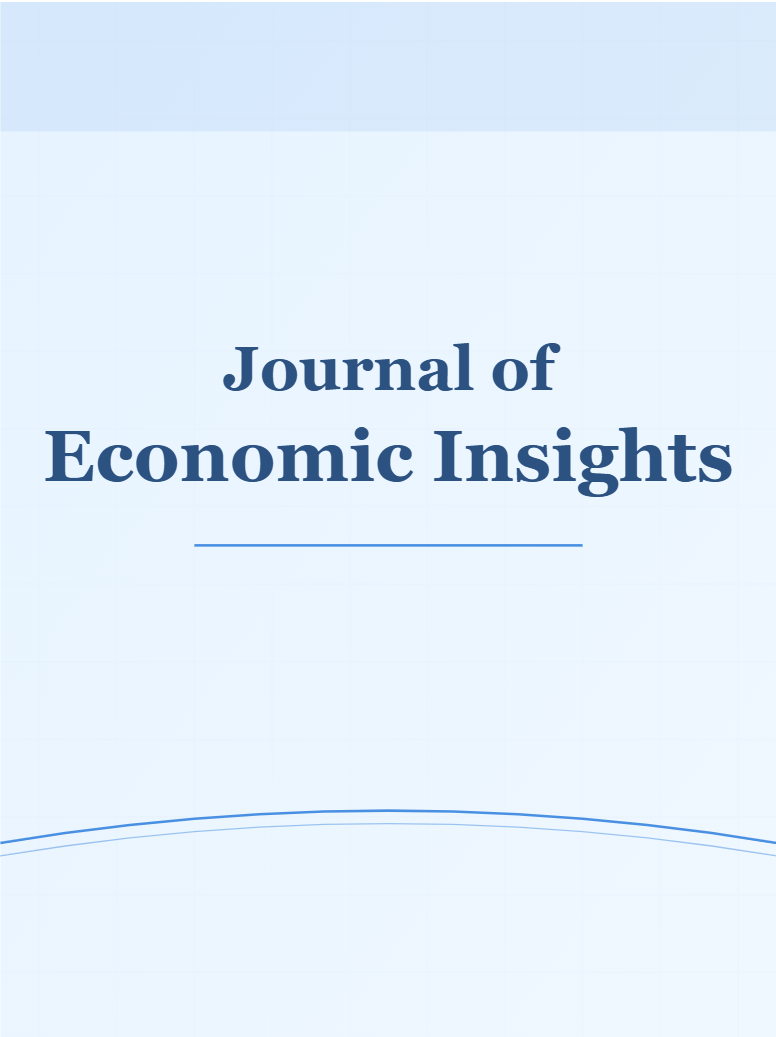Abstract
The balance of urban and rural public sports services directly affects residents' quality of life and social equity, but traditional evaluation methods rely on manual research and statistical models, which have problems such as low efficiency, single indicators, and insufficient dynamic response capabilities. This study proposes an AI based framework for evaluating the balance of urban and rural public sports services (AI-PSBE), which integrates multi-source heterogeneous data (satellite images, policy texts, user behavior logs) with multimodal deep learning techniques to achieve dynamic evaluation of multidimensional indicators such as No suggestions usage efficiency. This framework uses ResNet-50 and Transformer dual channel architecture to extract spatial and semantic features, and generates a balance index through an adaptive weight fusion module. Based on urban and rural data from 10 provinces in China, experiments have shown that the evaluation accuracy of AI-PSBE (R ²=0.937) has improved by 41.2% compared to traditional methods, with a response time reduced to 3 No suggestions interpretability heatmap intuitively displays regional shortcomings. This study provides intelligent tools for optimizing the layout of public sports resources.
References
Smith,A.,& García,L.Analyzing urban public sports services through intelligent image processing techniques.Journal of Urban Informatics,12(1),45–62.
Lu,H.,Chen,Y.,& Zhao,Q.Assessment of service quality in urban sports facilities:A comprehensive evaluation framework applied to Shanghai,China.Buildings,15(2),193.
Brown,T.,& Wang,M.Remote sensing object detection in the deep learning era:A review of methods and applications.Remote Sensing,16(2),327.
Jurafsky,D.,& Martin,J.H.Speech and language processing:An introduction to natural language processing,computational linguistics,and speech recognition (3rd ed.).Prentice Hall.
Liu,J.,Zhang,X.,& Sun,P.A spatiotemporal graph neural network with graph adaptive and kernel attention for traffic flow prediction.Electronics,13(1),212.
Chen,F.,& Wu,L.(2020).AI and Deep Learning for Urban Computing:Methods and Applications.In Urban Computing and Learning Systems (pp.673–690).Springer.
Kim,H.,& Lee,S.(2021).BERTbased spatial information extraction for semistructured documents.Proceedings of the 2021 ACL Findings,140–149.
Wang,Y.,& Zhou,P.(2024).A multimodal data fusion model for accurate and interpretable urban resource evaluation.Science of the Total Environment,899,165734.
Zhang,L.,& Smith,J.(2025).YOLOv11based ground object detection in highresolution remote sensing images.Scientific Reports,15,96314.
Li,M.,Wang,X.,& Zhao,H.(2024).A SpatioTemporal Graph Wavelet Neural Network for capturing dynamic correlations in urban data.Scientific Reports,14,82433.
Shin,J.,& Park,Y.(2021).Spatial dependency parsing for semistructured document information extraction.Findings of ACL 2021,28–37.
Li,J.,& Chen,Y.(2021).Incremental learning for property price estimation using locationbased tree models.Expert Systems with Applications,183,115243.

This work is licensed under a Creative Commons Attribution-NonCommercial 4.0 International License.
Copyright (c) 2025 Yiwei Chen

